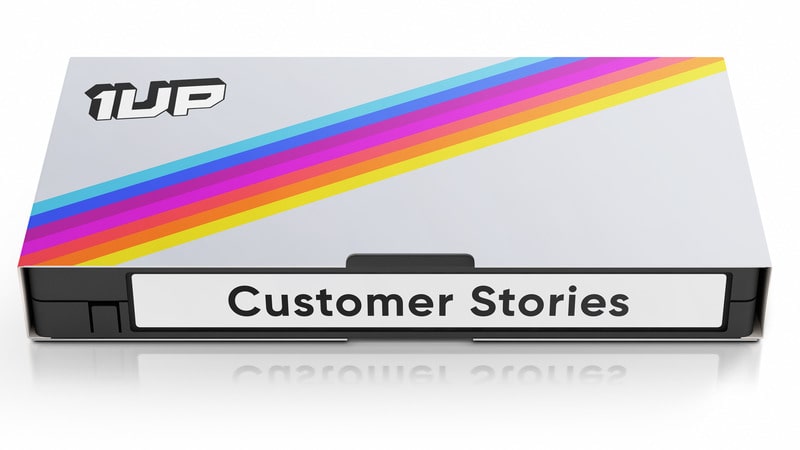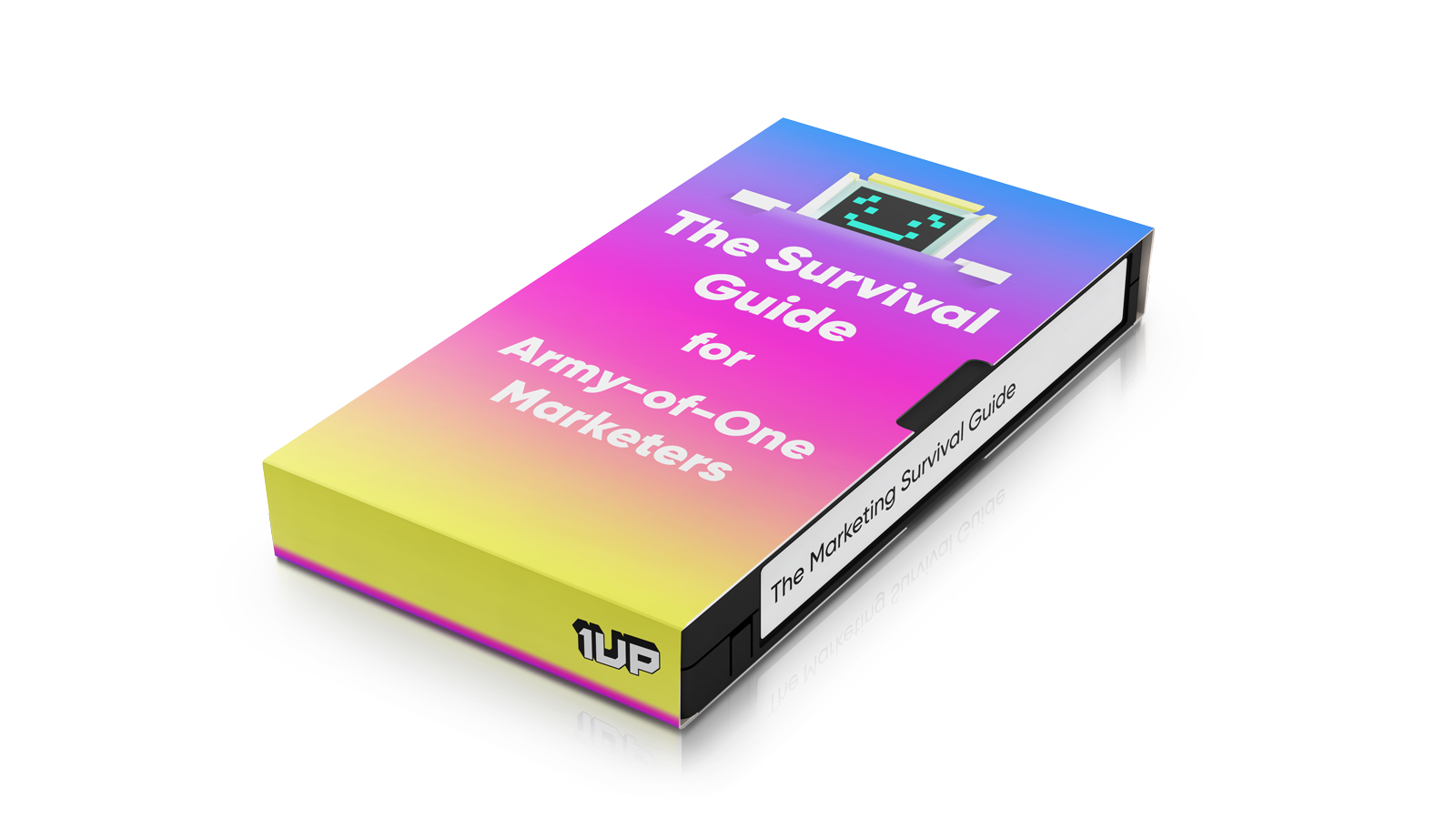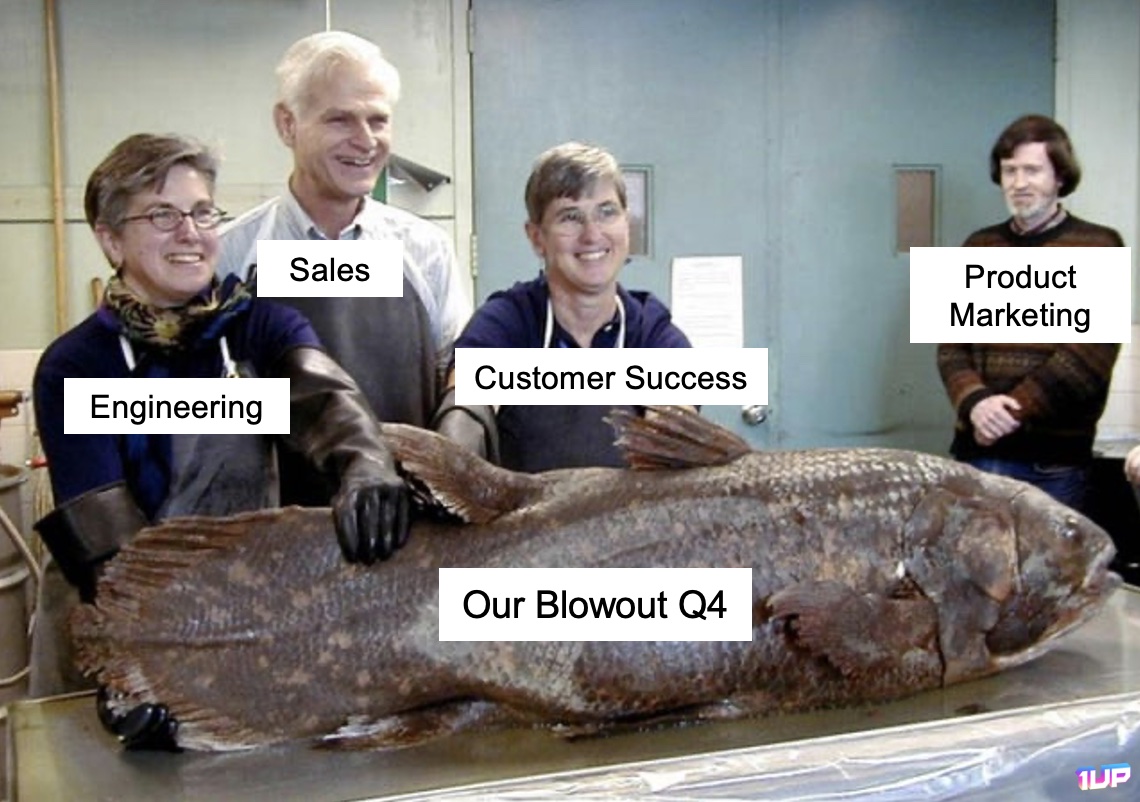Product Marketing Managers (PMMs) are stuck doing too much manual work. Despite the rise of AI and automation in sales and general marketing, true product marketing automation still feels out of reach.
PMMs spend hours crafting messaging, creating battle cards, filling out RFPs, and making sure sales actually uses the content they produce. Meanwhile, sales teams have AI-driven outreach and can automate compliance questionnaires, and marketing teams automate everything from lead scoring to ad targeting. So why hasn’t automation caught up with product marketing?
- Is AI simply not built for this role?
- Are we relying on the wrong tools?
- Or is product marketing just too nuanced to automate?
Let’s take a closer look.
Why is product marketing automation so hard?
If you’re a Product Marketing Manager (PMM), you’ve probably noticed something: everyone else in go-to-market has automation tools, but you’re still stuck doing manual work.
Sales? They have AI writing cold emails. Demand gen? Automated ad campaigns. Customer success? Chatbots handling FAQs. But product marketing automation? Practically nonexistent.
That’s because product marketing isn’t just about pushing out content—it’s about knowing the right messaging, positioning, and competitive insights at the right time. Most AI tools can’t replicate that level of strategic thinking. Yet.
But just because full automation isn’t here yet doesn’t mean PMMs can’t offload some of their workload. Let’s talk about what can (and can’t) be automated.
1. Understanding customer challenges and pain points cannot be automated
PMMs bridge the gap between the customers and the Product, Sales, and Marketing teams. They take customer pain and product feedback as inputs to produce powerful messaging as outputs.
This recurring loop serves as the foundation for all great product marketing programs. It’s different for every product and it can feel more art than science. Sure, you can build a formal process around gathering feedback, but no amount of tooling can replace the value of a 1:1 conversation with the customer.
This process requires empathy, trust, and listening to multiple sources of feedback. It also involves constantly revisiting your content to measure its impact. Perhaps in the future we’ll see more automation here. But for now, we rely on human PMMs to get it right.
It takes a (human) village
Compelling, differentiated messaging is tough to create even for a human. Getting a machine to do it is a whole other problem.
Matt Krumholz, Director of Competitive Intelligence, Splunk
2. Robots can’t builds bonds with the sales org
The success of a Product Marketing team heavily depends on cultivating a close relationship with their other customer: the sales org.
Working in the role requires both product and people skills. It cannot be understated how important it is to spend time with the sales teams and understand their unique pains, nuances, and experiences in the field.
- What messaging is working?
- How are the new demos being received?
- Did you get much traction from that blog post?
- What did the customer like about the new sales pitch?
Great product marketers have these conversations on a daily basis. They join sales calls and attend QBRs. They run training sessions and gather feedback on content. Some PMMs even analyze win/loss reports to get deeper insights into the sales funnel.
You’ll rarely see a Sales Kickoff or team activity that doesn’t have a product marketing person in attendance.
I once got stuck in traffic for 4 hours with a sales and product marketing leader. It was one of the best product conversations we ever heard. A year’s worth of content ideas was strategized on that highway jam.
How do you automate that?

3. Original, compelling content cannot be automated
Generate some headlines. Write a blog post. Create the demo. Ship it. Done.
Product Marketing output is the culmination of multiple diverse sets of inputs. The inputs are tough to gather, the outputs are difficult to measure. It feels like more art than science.
Yes, maybe you can generate copy, but product marketing is more than just copy. That’s what a lot of people get wrong about the role. Crafting compelling, differentiated messaging is tough enough for a human. Getting a machine to do it is a whole other problem.
Are we automating art?
Enterprise pain points involve multiple stakeholders with very different experiences. That makes messaging more of an art than a science. Distilling it down with AI would oversimplify the nuances and complexities that enterprises face.
Lani Leuthvilay, Product Marketing, PlainID
And yes, there are some obvious use cases of AI for product marketing. But how does a machine know what your value proposition is? Where is the customer feedback coming from? Does your messaging sound lame or punchy?
An AI can help write your next blog post, but it cannot invent effective messaging that resonates. That messaging has to come from somewhere. For now, that’s going to be a human.

So what is being automated by PMMs?
Product marketing is more art than science, that’s for sure. But while the artsy part of the role is still handled by humans, the science is already seeing automation.
- Measurement and analytics: Calculating the efficacy of marketing campaigns is notoriously tough, especially when trying to gauge ROI, but some folks are combining signals to paint this picture – using a mix of tools such as Salesforce and Hubspot to assess Win Rates, MQL and SQL volume, and even product usage analytics with products such as Pendo. These may not be purpose-built for the PMM org, but they help to paint a picture using the numbers.
- Automating internal content distribution: Creating content is one thing. Getting people to adopt and use it is a whole other painful process. One of the PMM’s greatest pains is getting the teams to use the right content/message/asset/whatever. That’s why automating knowledge across the sales org can unlock immense productivity gains. We’re already seeing Product Marketing teams using tools like 1up to drive the use of sales assets, product messaging, and powerful content across the sales organization.
- Content personalization: There is a ton of opportunity for AI here. The ability to curate product demos, sales videos, landing pages, and even marketing messaging based on user segments can be a game-changer. We’re still in the early days, but tools like Reprise and Vidyard are already showing the potential of hyper-personalized messaging.
So by the looks of it, we’re seeing less manual effort around the measurement and mechanics of product marketing outputs. If this trend continues, we’ll continue seeing more automation on the science and more humans on the art side of things. And while there is no robot that can take the place of a resourceful and experienced PMM, new tools are now hitting the market that can make their lives much easier.
Final Words
So, is product marketing automation impossible? Not exactly.
The truth is, parts of product marketing can (and should) be automated—competitive tracking, RFP responses, and content drafts. But the real strategic work—positioning, messaging, and cross-team alignment—still needs a human touch.
That’s why the best AI tools for product marketing aren’t about replacing PMMs. They’re about making PMM’s lives easier.
If you’re tired of manually filling out RFPs, sales questions, and competitive battlecards, it’s time to automate the busywork. With AI-powered knowledge automation, your team can instantly access the right messaging, answers, and differentiators—exactly when they need them.
Book a demo today to see how knowledge automation can streamline RFP responses and make your product marketing team more efficient.
See Related: Top 12 tools for product marketers on a budget.



 Instagram
Instagram 









